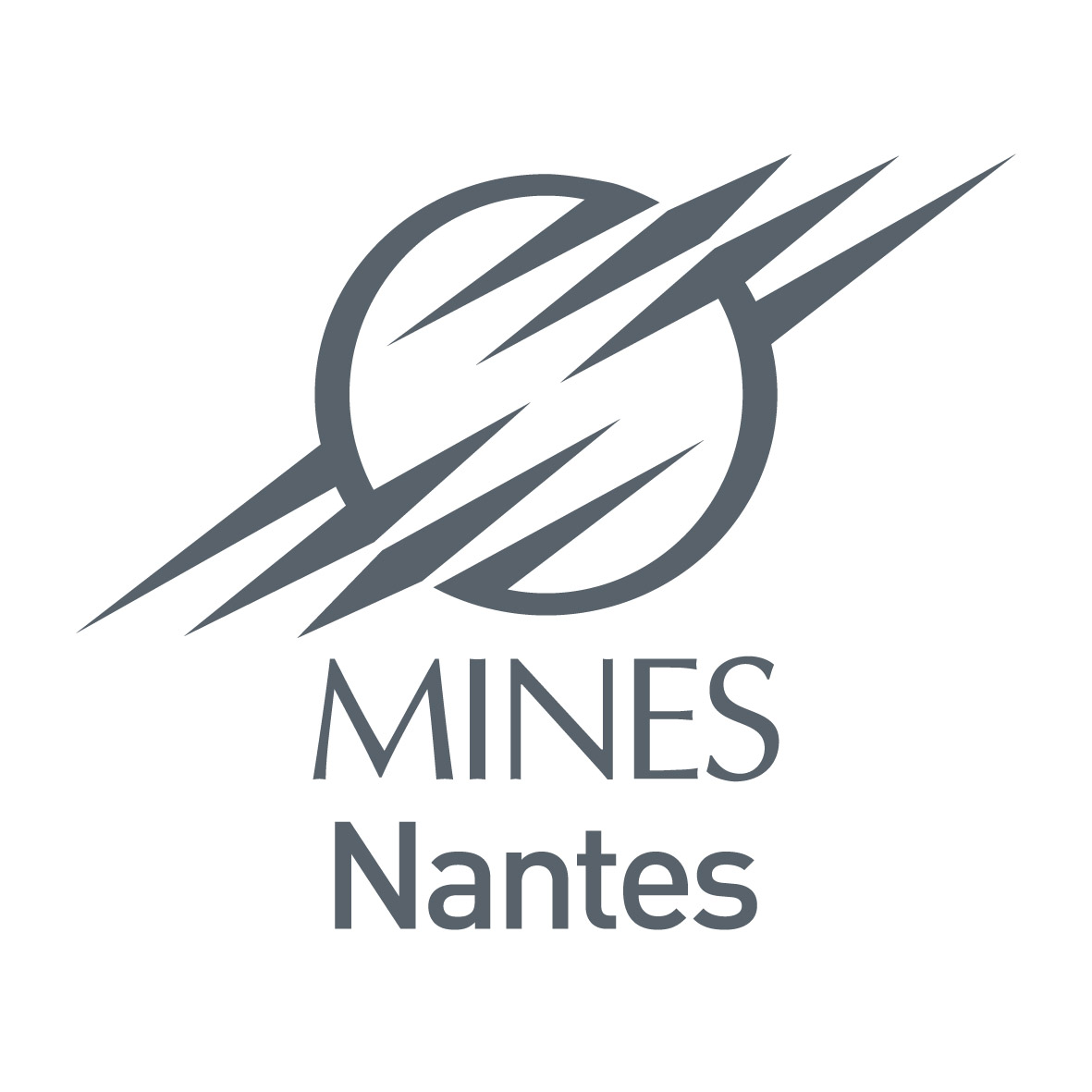Reactive underwater object inspection based on artificial electric sense
Résumé
The weakly electric fish can perform complex cognitive tasks based on extracting information from blurry electric images projected from their immediate environment onto their electro-sensitive skin. In particular they can be trained to recognize the intrinsic properties of objects such as their shape, size and electric nature. They do this by means of original perceptual strategies that exploit the relations between the physics of a self generated electric field, their body morphology and the ability to perform specific movement termed Probing Motor Acts (PMA). In this article we artificially reproduce and combine these PMA to build an autonomous control strategy that allows an artificial electric sensor to find electrically contrasted objects and to orbit around them based on a minimum set of measurements and simple reactive feedback control laws of the probe's motion. The approach does not require any simulation model and could be implemented on an Autonomous Underwater Vehicle (AUV) equipped with artificial electric sense. The AUV has only to satisfy certain simple geometric properties, such as bilaterally (left/right) symmetrical electrodes and possess a reasonably high aspect (length/width) ratio.
Domaines
Automatique / Robotique| Origine | Fichiers produits par l'(les) auteur(s) |
|---|
Loading...
